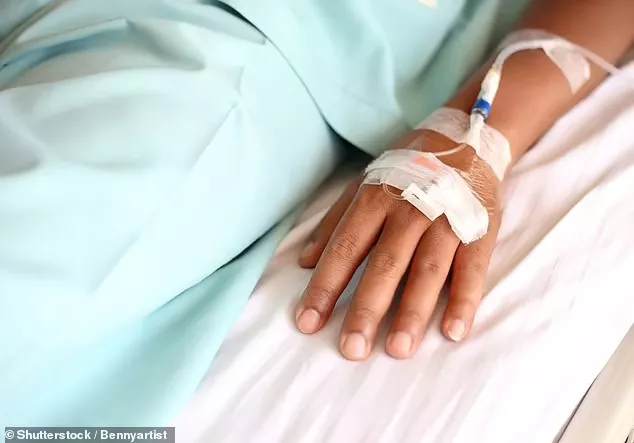
A doctor operating on a cancer patient accidentally 'transplanted' the disease into himself.
According to Mail Online, a 32-year-old man from Germany had been diagnosed with a rare type of cancer and was having a tumour removed from his abdomen. While in surgery, the doctor performing the procedure accidentally cut his hand, but the wound was disinfected and bandaged immediately.
Five months later, the 53-year-old surgeon noticed a small lump developing where he had injured himself months earlier and sought care.
The lump turned out to be a malignant tumor and tests showed it was genetically identical to the cancer suffered by his former patient. This led the medical team who treated him to conclude he had caught the cancer when tumour cells entered the cut on his hand.
The authors of the case report described the issue as an unusual situation because in a traditional transplant, the body mounts an immune response and rejects any foreign tissue, and they would have expected the same in the doctor's case.
However, given the tumour's development, and growth, it suggests the surgeon's body had an 'ineffective antitumor immune response.'
The case was originally reported in 1996 but resurfaced with renewed interest.
Published in The New England Journal of Medicine, doctors detailed the 'accidental transplantation' of the patient's malignant fibrous histiocytoma - a rare type of cancer that forms in soft tissue with just 1,400 diagnoses per year.
The doctor injured the palm of his left hand when trying to place a drain in his patient while performing surgery to remove the cancer from the patient's abdomen. The wound was immediately disinfected and bandaged.
The cancer patient's initial surgery was successful, but he died following complications after the procedure.
Five months later, a hard 1.2-inch 'tumor-like swelling' appeared at the base of the doctor's left middle finger and he visited a hand specialist.
An 'extensive' exam was conducted, including numerous laboratory and blood tests, which revealed no abnormal findings.
The tumour was removed anyway and examining the mass under a microscope revealed it was also a malignant fibrous histiocytoma.
The physician who had been treating both the cancer patient and the surgeon 'raised the question of whether the tumours were related.
Samples of both tumours were further analyzed and were determined to be 'identical.'
They both had the same types of cells and arrangement of those cells, meaning the surgeon may have unknowingly transferred cancer cells from the patient to the cut in his hand, allowing the disease to take root and grow in his body.
The authors wrote: 'Normally, transplantation of allogeneic tissue from one person to another induces an immune response that leads to the rejection of the transplanted tissue.
'In the case of the surgeon, an intense inflammatory reaction developed in the tissue surrounding the tumour, but the tumour mass increased, suggesting an ineffective antitumor immune response.'
The authors speculate the tumour 'escaped immunologic destruction through several mechanisms,' including changes to molecules in its cells and a failure in the surgeon's body to recognize and attack tumor cells effectively.
Two years after the surgeon had his own tumor removed, there were no signs the cancer had spread or returned.


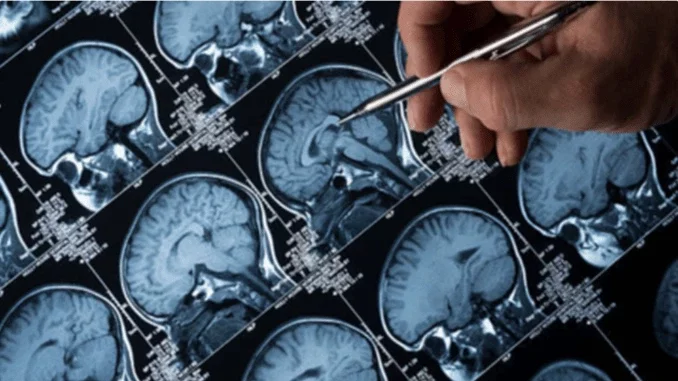
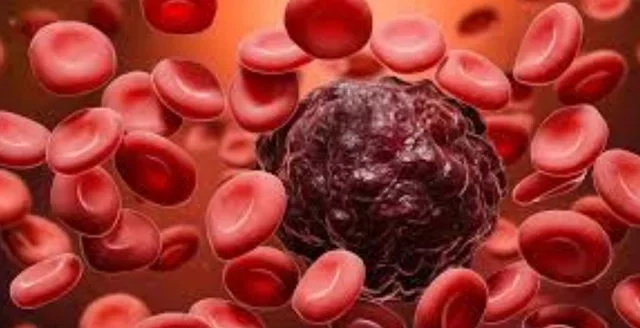

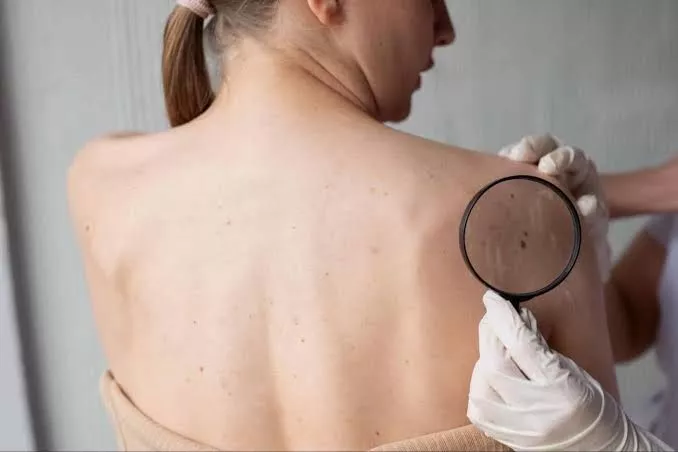

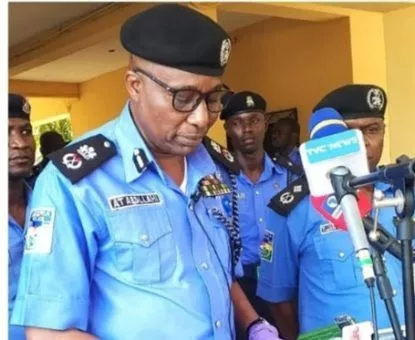

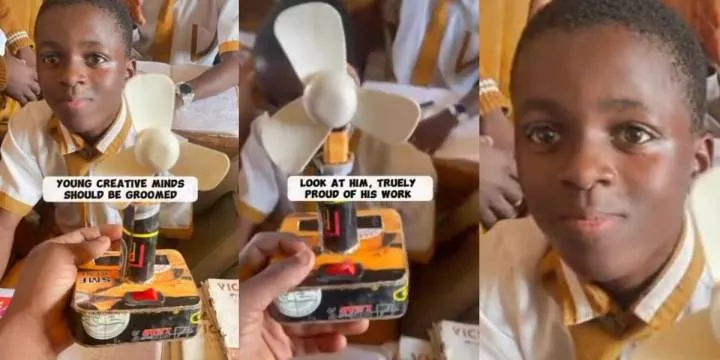



.jpg)


Comments